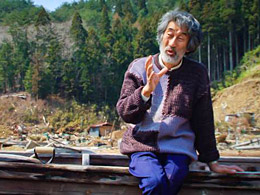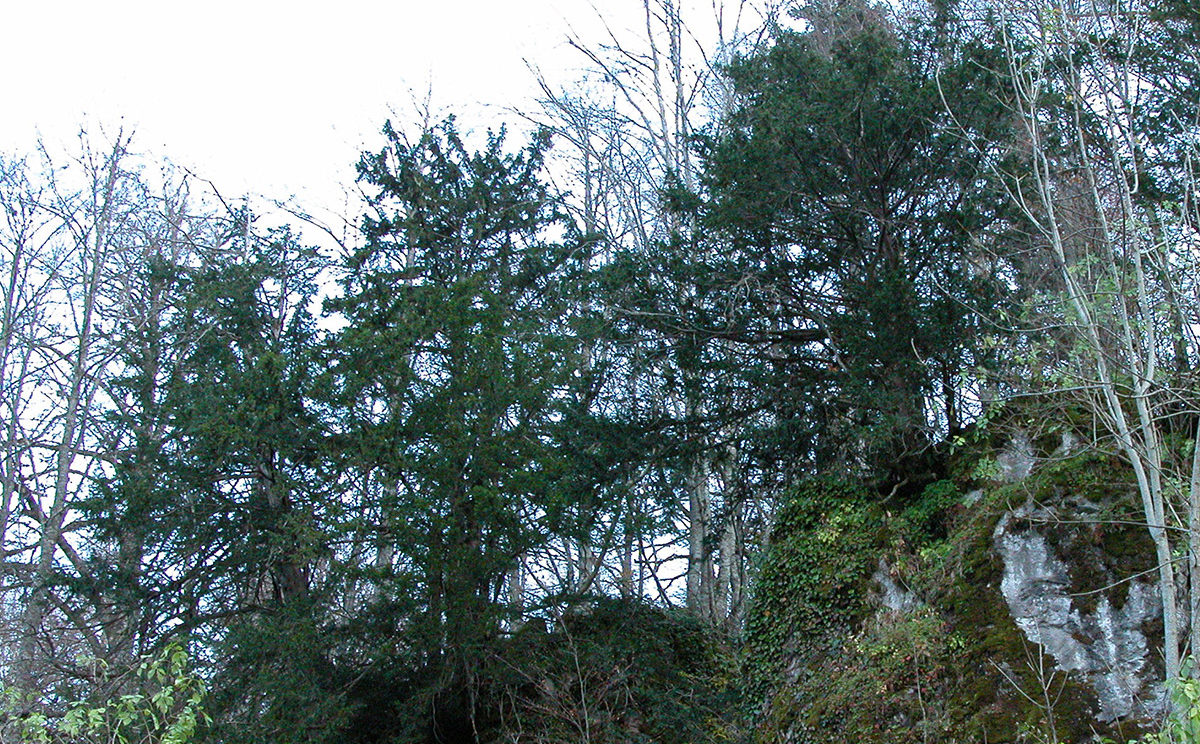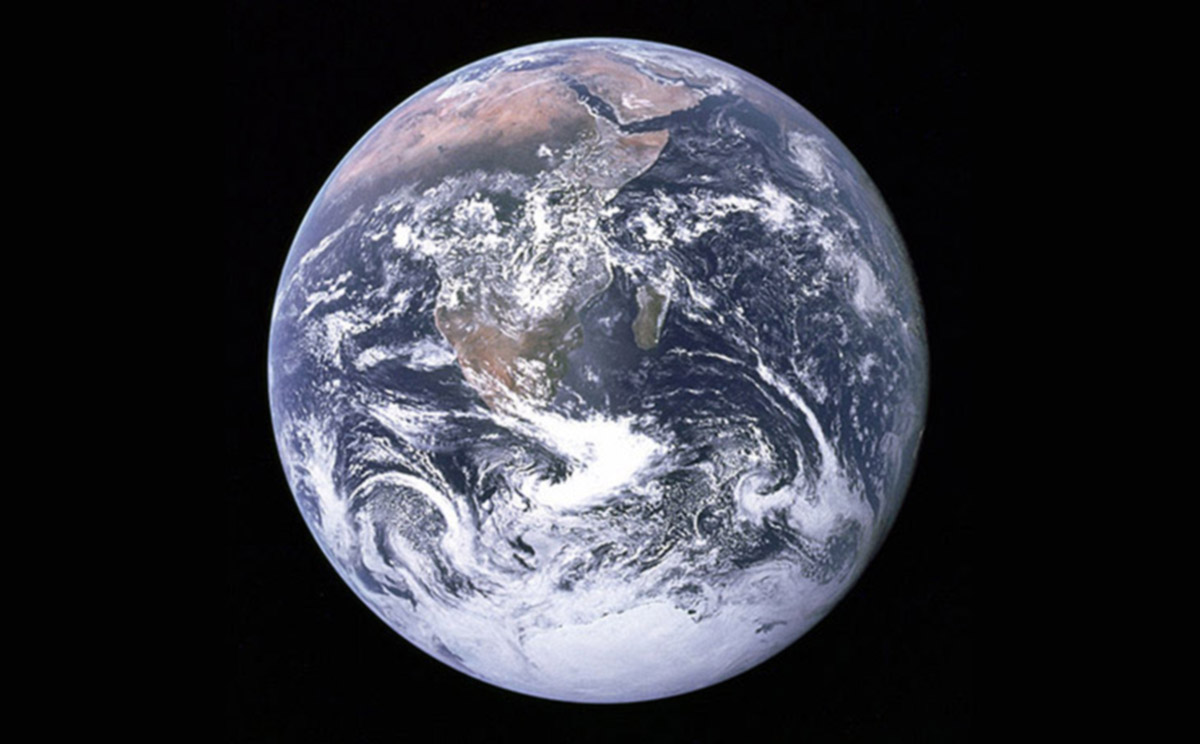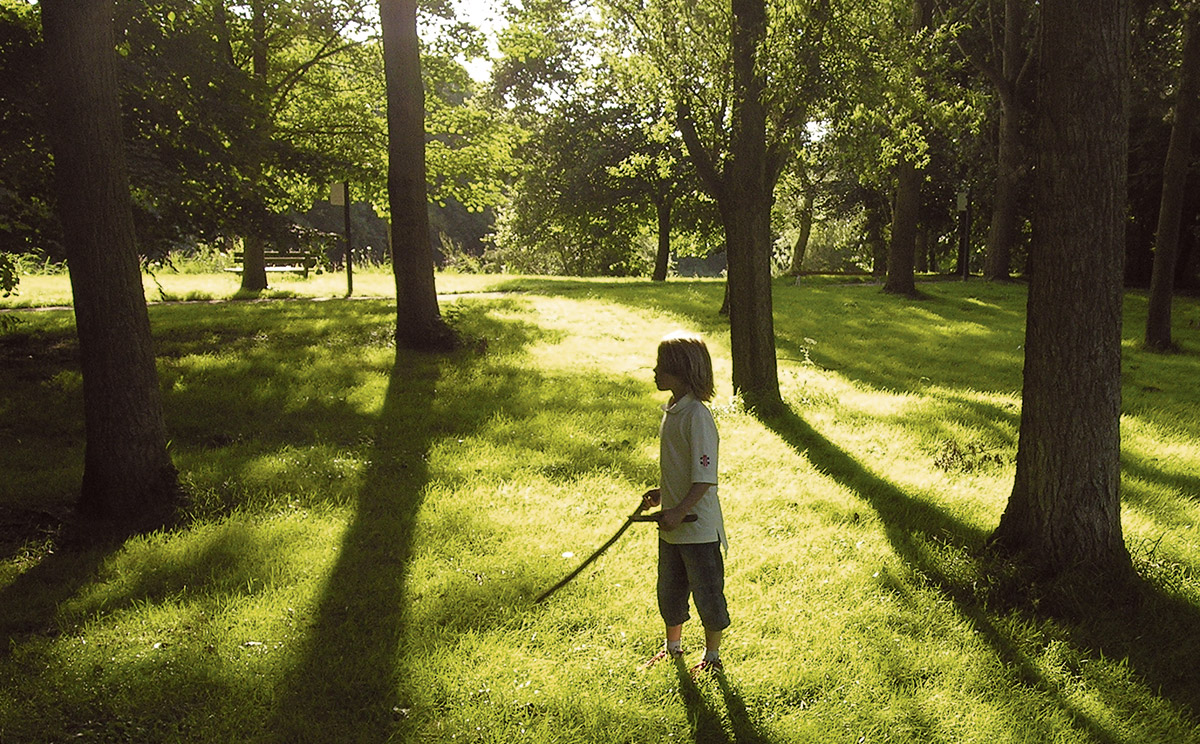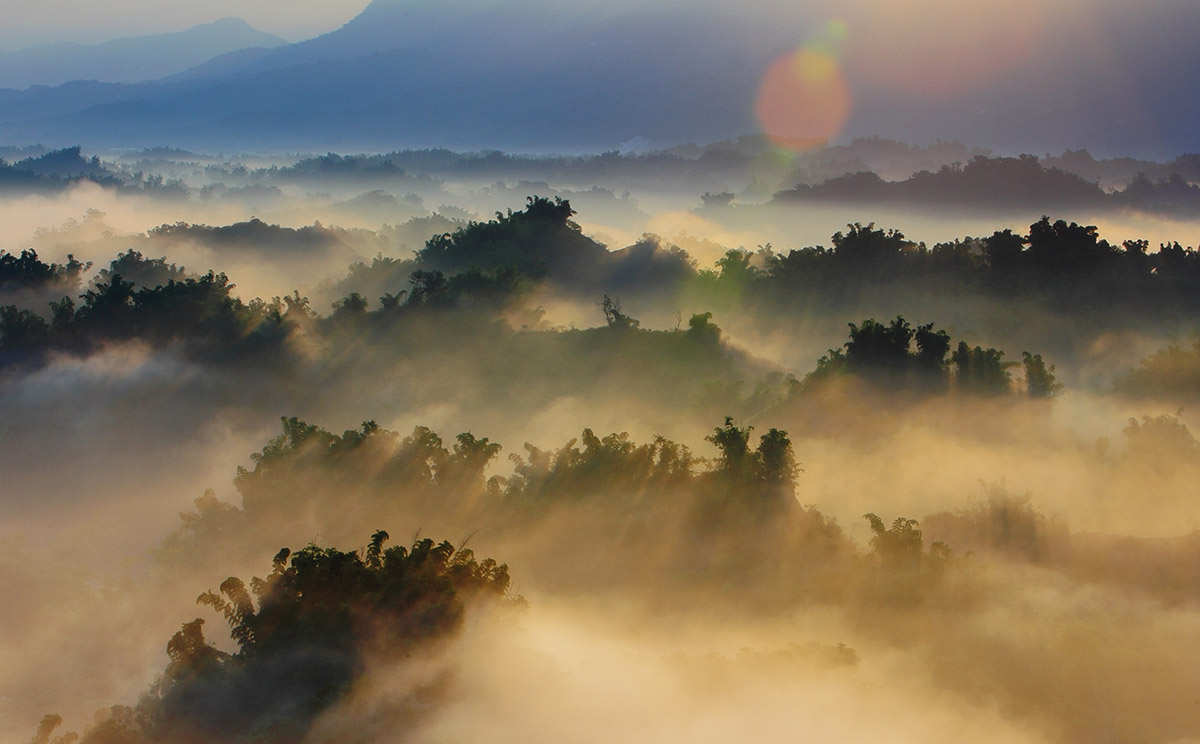Forests ‘activate’ coastal seas
Dec 2011
Already decades ago, Katsuhiko Matsunaga, a marine chemist at Hokkaido University in Japan, discovered that when tree leaves decompose, they leech acids into the ocean that help fertilize plankton. And when plankton thrives, so does the rest of the food chain. [1]
This was put into good practice by Japanese fisherman Mr Shigeatsu Hatakeyama who inherited an oyster farm business from his parents. But the waters in Kesennuma Bay in Miyagi, Japan, had become unsuitable for oyster cultivation after an outbreak of red tide plankton. On a trip to France in 1984, Mr Hatakeyama saw healthy oysters in the Loire river estuary and noticed a vast deciduous broadleaf forest upriver. He made the connection and he realized the positive influence forests have on ocean ecology and biodiversity.
Back home, he held the first Mori wa Umi no Koibito (Forests are Lovers of the Sea) campaign in 1989: with other fishermen he planted broadleaf trees upstream along the Okawa River to reduce pollutants flowing into the sea. These afforestation activities became an annual event and have since gained momentum – so far, more than 50,000 trees have been planted. It has led to a region-wide proactive movement to preserve the environment, including water drainage regulation and promoting farming practices with less agricultural chemicals. [2] [3]
Mr Hatakeyama became known as ‘Grandpa Oyster’ after spending more than twenty years developing the forest that keeps the Okawa River clean and his thriving oysters healthy.
In 2009, he established another Forests are Lovers of the Sea programme which provides hands-on education for children, bringing them closer to the ocean and the forest.
He has now received a Forest Heroes Award from the UN International Year of Forests 2011 committee.

By loading the video, you agree to YouTube’s privacy policy.
Learn more
Update 2017: UN News: ‘Grandpa Oyster’ offers example of sustainable ocean business
sources:
[1] Jim Robbins, Why Trees Matter, NY Times, April 11, 2012
[2] Asia & Japan Watch – has disappeared since
[3] UN Forest Heroes Award
